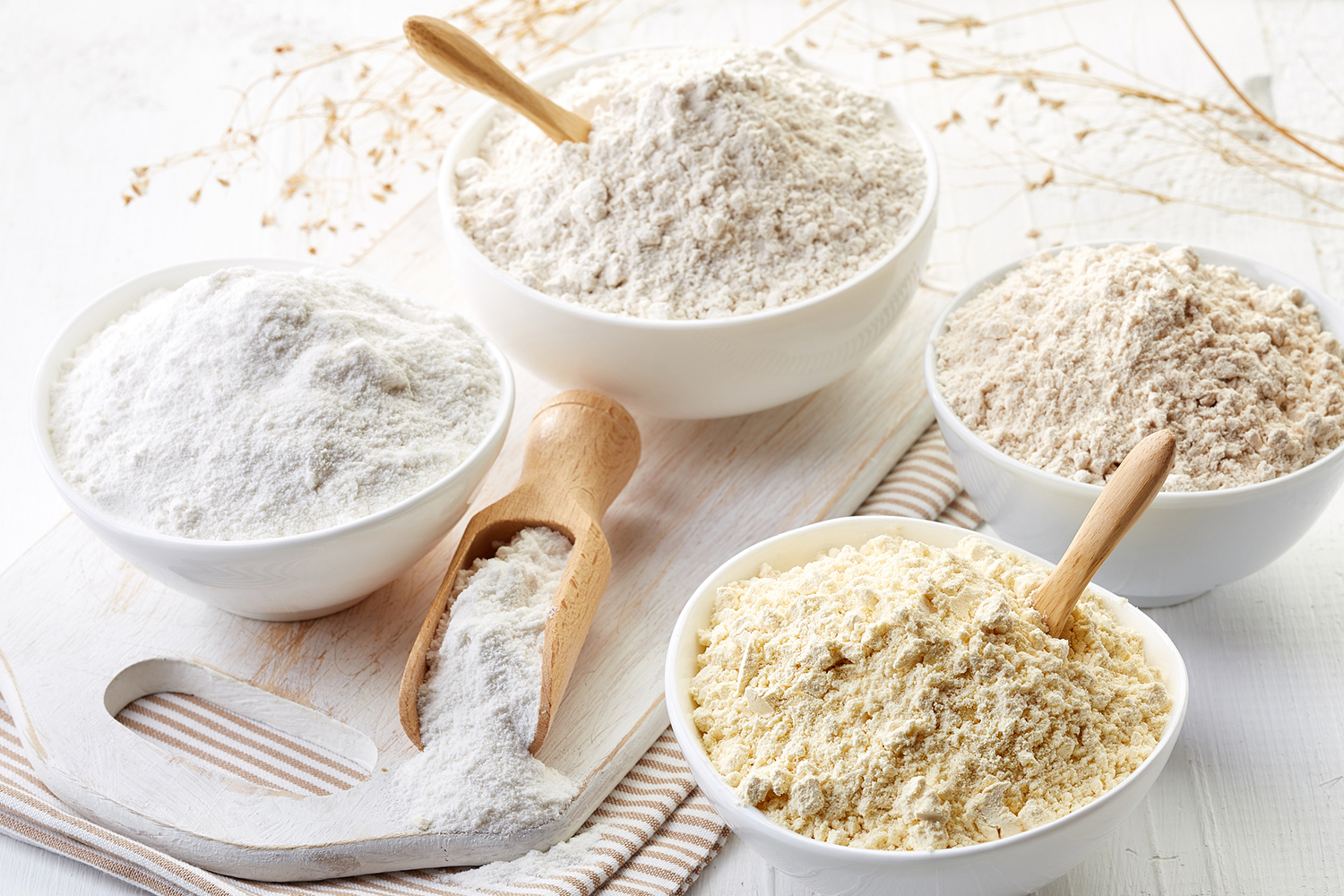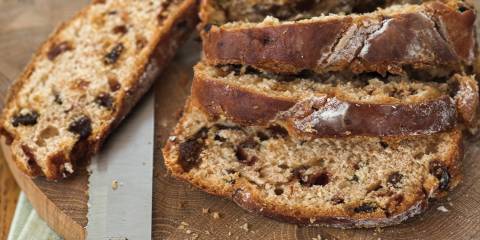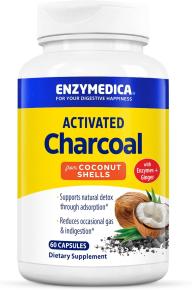If you’re new to gluten-free baking, you’ve probably discovered it’s a completely different science than traditional baking.
The standard rules no longer apply, but: with a little know-how, you can make treats to be proud of.
Let go of expectations. Patience and practice are part of learning anything new, including gluten-free baking.
So, get your gluten-free kitchen ready and get baking!
Following Gluten-Free Recipes
Follow recipe instructions carefully. All baking—including gluten free—is a science, and tinkering with a recipe is likely to "yield undesired results."
-
Timing is Everything
Using a timer is crucial when baking gluten free. Don’t rely on visual cues to know when something’s done.
Even when they’re cooked through, gluten-free goods can appear underdone, slightly wet inside, and soft to the touch.
As these items cool, these issues are often eliminated as the starches set and become firm.
-
The Right Pan for The Job
Use the size and style of pan the recipe recommends.
Place the pan in the center of a preheated oven for the most even baking.
-
Check The Temperature
Correct oven temperature is crucial in gluten-free baking. Make sure your oven is accurate by testing it with an oven thermometer.
Working with Gluten-Free Batters
With a gluten-free batter, there are old rules to forget, and new ones to learn.
-
Don't Be Afraid of Over-Mixing
With traditional baking, you are often advised never to over-mix a batter. The opposite is true with gluten-free baking.
Over-mixing a gluten-free batter gives it more structure, so the baked good has a better chew and rise.
-
Let The Batter Rest
Allow gluten-free batter to have some rest time. Let it sit for 30 minutes, covered, before baking.
This allows the flours and starches time to soften and absorb liquid. It also helps batters thicken and become less sticky.
-
Loosen With an Egg
If a gluten-free batter is too dense, add an extra egg before baking. The end product will be lighter and fluffier.
-
Trust The Recipe
Don’t be alarmed if a batter appears too thin or thick. A mistake many home bakers make is to change the amount of ingredients if something looks off. Resist the temptation and trust the recipe.
Gluten-Free Grains, Flours & Starches
There's a wide variety of gluten-free baking ingredients out there, and you can't treat any of them the same as wheat flour.
-
Store Cooled or Frozen
Gluten-free grains and starches have a shelf life. Store them in the fridge or freezer to maintain freshness.
-
Use in Combination
Be prepared to use a combination of flours and starches when baking gluten free. While this is more tedious than using one general all-purpose flour, the end product will be better.
-
Differences in Flavor
Some gluten-free flours and starches can have strong and unique tastes. Mask off-putting flavors by adding extra vanilla extract or ground spices. Cinnamon works well as it has a natural sweetness.
-
Be Careful Measuring
Gluten-free flours and starches tend to be finer than wheat flour, so they don’t measure as evenly and consistently in the measuring cup.
If you have a kitchen scale, use that to weigh your GF powder ingredients. If that's not an option:
- Carefully spoon gluten-free flours and starches into the cup.
- Occasionally shake the measuring cup so the flour settles. Don’t pack the flour in or tap the cup.
- Scrape away excess flour with a flat edge, such as the back of a butter knife.





